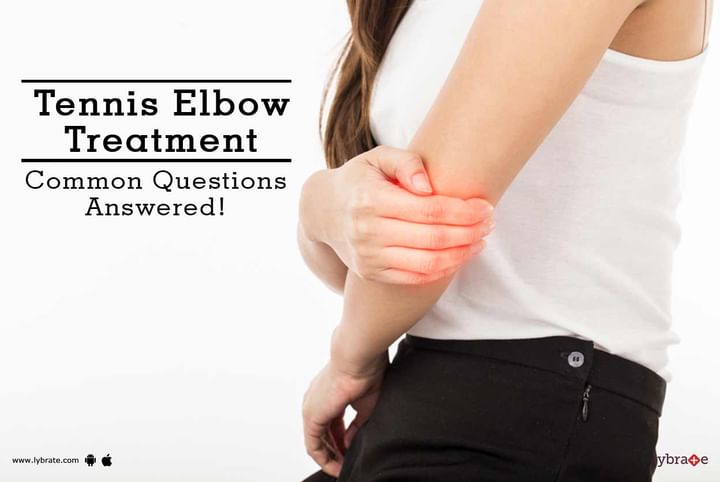Tennis Elbow Treatment - Common Questions Answered!
A Tennis elbow is a painful condition that affects the tendons due to a condition known as tendinitis, which causes inflammation. This condition will end up restricting the free movement of the elbow and the arm due to the pain and stiffness that it causes. This is due to the fact that these tendons are the tough band of connective tissues that hold the muscles and the lower arm with the bone. Repeated gripping motions and continued tugging as well as activities like weight lifting, tennis, squash and other like carpentry, painting writing and typing, can lead to this condition.
Here are a few methods of treatment and the questions that revolve around them.
- Do I have to restrict my movements: Yes, when you have tennis elbow, the very first thing you must do is to give rest to the tendons by curbing those activities that have caused the condition or those which can aggravate the pain and stiffness. Lifting heavy objects, gripping things for prolong periods, other physical pursuits like tennis and other games and more will need to stop so that you do not stretch, strain or pull the tissue.
- Can I take pain killers: Yes, you can take pain killers like ibuprofen and acetaminophen in case the pain is unbearable? Always ensure that an orthopaedic specialist takes a look at your arm before prescribing the medicines to you.
- Is an ice compress good for this pain: You can use the RICE method for acute pain that is less than 72 hours old. For more persistent pain, you must see a doctor. The RICE method refers to Rest, Ice, Compression and Elevation. In this method, you can keep your arm elevated and give it rest. You can also use an ice compress and keep it tightly wound with an elastic bandage so as to avoid swelling.
- Can I take injections for this condition: Corticosteroid injections may be used for very severe cases. This contains the cortisol hormone and can give good results in the short run.
- Are there any non invasive methods for treatment: You can try non-invasive procedures like shock wave therapy which will help in fixing the pain and promote motion gradually. This procedure is usually conducted with the help of shock waves that are passed to the skin.
- Is exercising a complete no no: In this case, many orthopaedic surgeons and doctors will ask you to go through physiotherapy so that you can get used to movements and motion after prolonged pain. These exercises will also strengthen the muscles of the area.
Talk to your doctor if the pain is particularly debilitating and discuss surgery for the same.



+1.svg)
